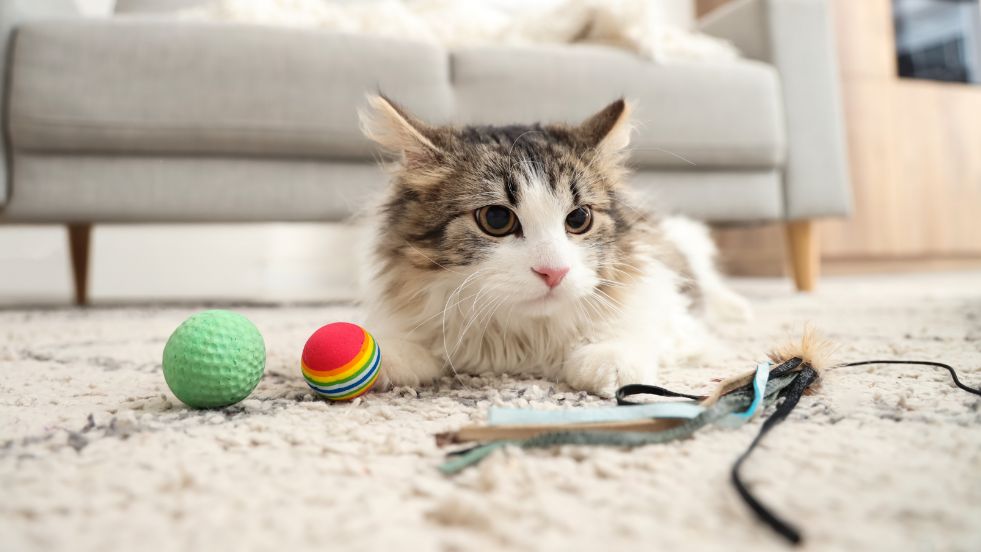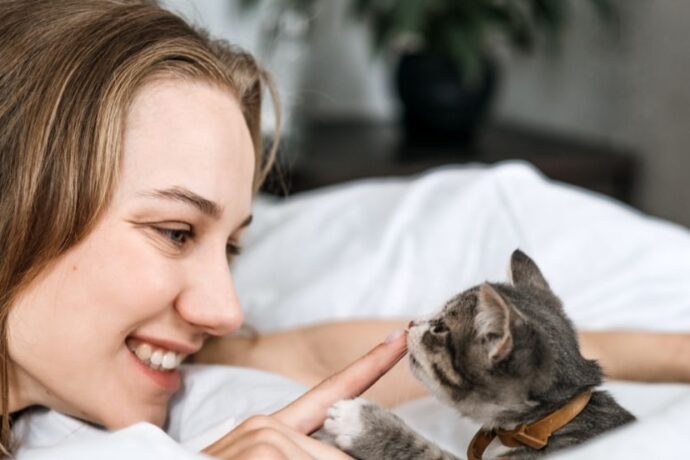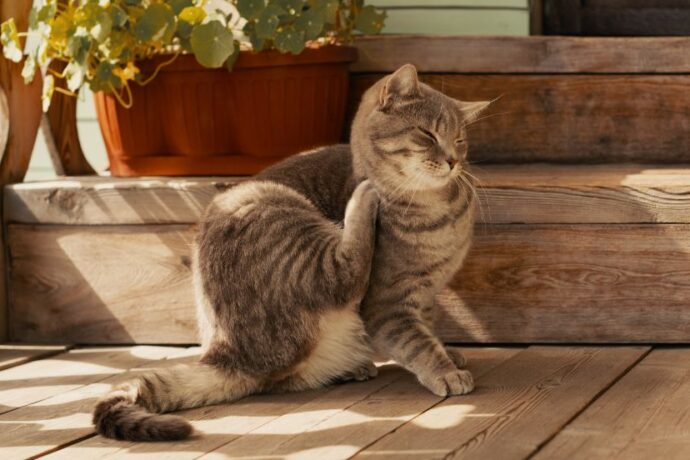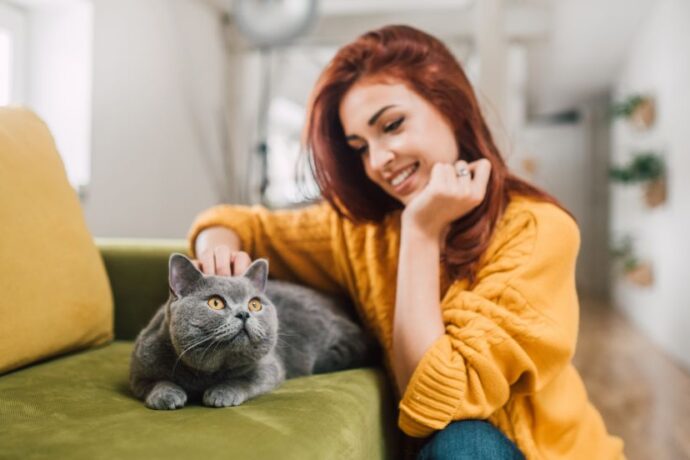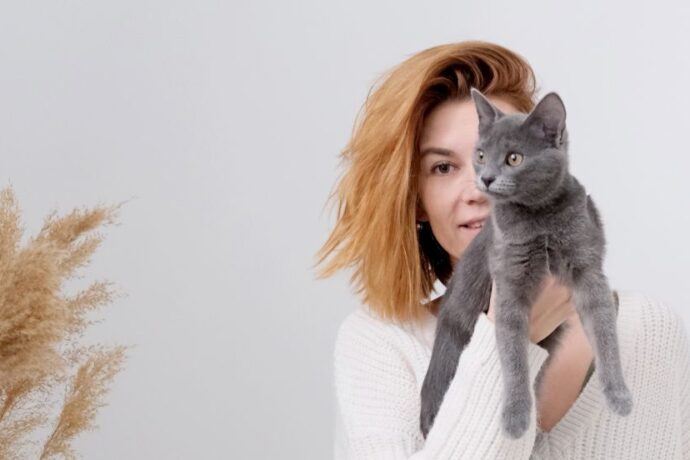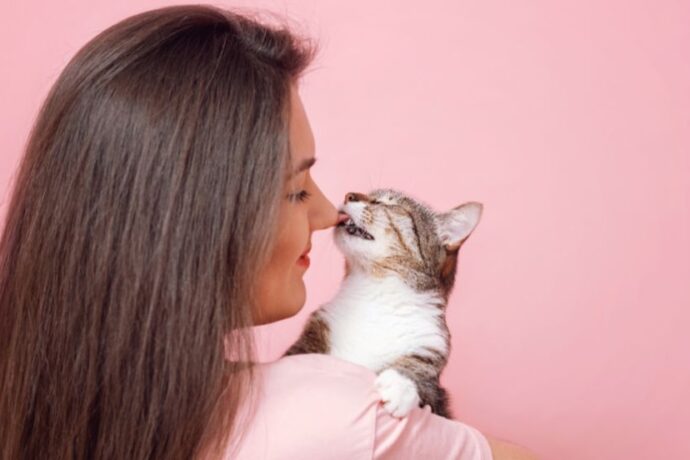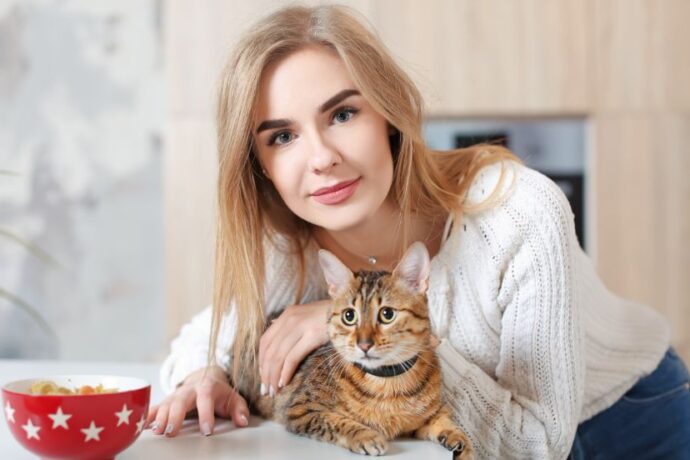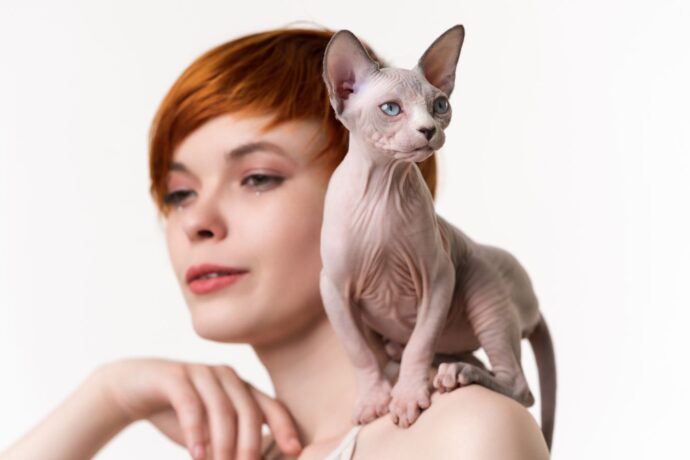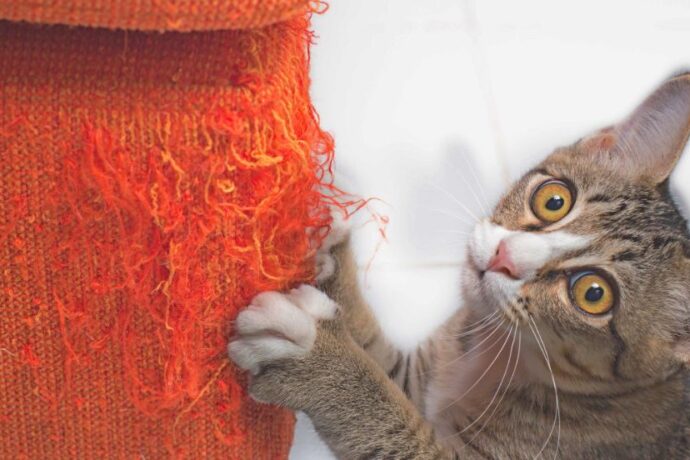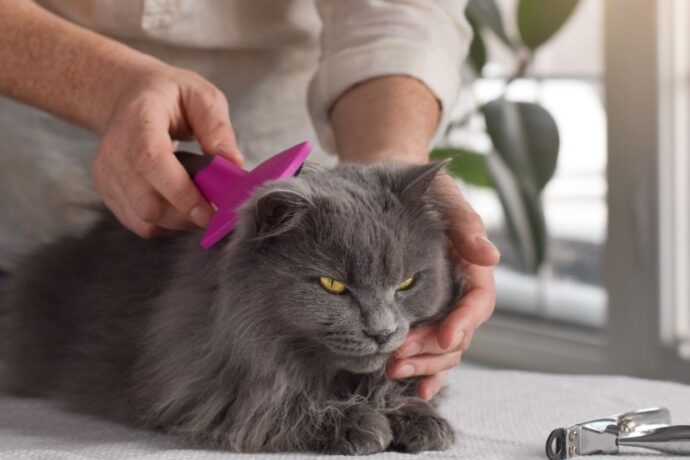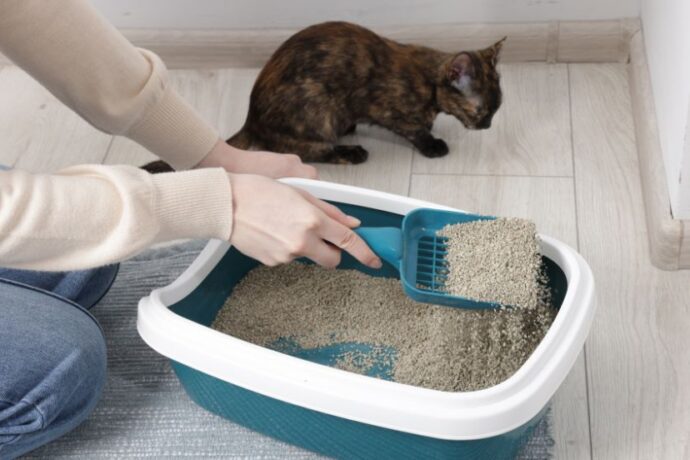Cats often have a reputation for being independent and aloof, but any cat owner knows that many felines are deeply bonded to their humans. So, when your cat starts crying at the door as you leave, scratching furniture, or refusing to eat while you’re gone, it may not be stubbornness—it could be separation anxiety.
Unlike dogs, cats express anxiety in more subtle ways, which is why this condition often goes unnoticed. According to the Journal of Veterinary Behavior (2020), separation-related problems in cats are more common than previously thought, affecting nearly 13% of domestic cats (1). Recognizing the early signs is the first step toward helping your pet feel safe and secure, even when you’re not around.
What Exactly Is Cat Separation Anxiety?
Cat separation anxiety occurs when your feline companion becomes overly stressed due to being left alone or separated from their favorite person. This emotional distress often develops in cats who have a close attachment bond or those who have experienced abandonment or major changes in their environment.
Veterinary behaviorists describe separation anxiety as an “attachment disorder” similar to that seen in dogs and even young children. The cat perceives your absence as a loss of safety and control, leading to a stress response characterized by behavioral and physical symptoms.
Some breeds, such as Siamese, Burmese, and Abyssinian cats, are known to be more prone to attachment-based anxiety because of their highly social nature. However, any cat—regardless of breed—can develop this condition under the right circumstances.
7 Subtle and Surprising Signs Your Cat Has Separation Anxiety
Because cats are masters of masking emotions, the signs of anxiety may be easy to overlook. Here’s what experts say you should watch for:
1. Excessive Vocalization
If your cat meows, yowls, or cries persistently when you leave—or even as you prepare to go—it’s a classic sign of distress.
2. Destructive Behavior
Scratched furniture, torn blinds, or knocked-over items can indicate frustration and anxiety. Some cats may even target personal belongings with your scent as a coping mechanism.
3. Changes in Appetite
Cats with separation anxiety may refuse to eat while alone or binge eat once you return. Appetite fluctuations are often linked to elevated stress hormones like cortisol.
4. Over-Grooming or Self-Mutilation
Excessive licking, particularly on the belly or legs, can be a sign of stress. This behavior releases endorphins that momentarily soothe anxiety, similar to nail-biting in humans.
5. Inappropriate Elimination
Urinating or defecating outside the litter box—especially on your bed or clothes—isn’t “revenge.” It’s an anxious attempt to surround themselves with your comfort scent.
6. Shadowing Behavior
If your cat follows you from room to room, even into the bathroom, it’s a sign they’re highly dependent on your presence.
7. Depressed or Withdrawn Mood
Some cats react to separation by shutting down—sleeping more, hiding, or showing disinterest in play or affection. This lethargy often signals emotional distress.
From Panic to Peace: Proven Fixes for Cat Separation Anxiety
Helping your cat overcome separation anxiety requires a thoughtful combination of behavioral strategies, environmental adjustments, and, in some cases, medical support.
1. Create a Predictable Routine
Cats are creatures of habit. Keeping feeding, playtime, and departure schedules consistent provides a sense of control and comfort. Studies have shown that predictability reduces feline stress by lowering cortisol fluctuations throughout the day (2).
2. Practice Gradual Desensitization
Start by leaving your cat alone for short periods, then slowly extend the duration. Avoid dramatic exits or reunions—keep both low-key to normalize your comings and goings.
3. Enrich Their Environment
A stimulating environment helps distract your cat and build independence. Provide puzzle feeders, window perches, scratching posts, and interactive toys to engage their instincts while you’re away.
4. Use Soothing Aids and Scents
Consider pheromone diffusers like Feliway, which mimic natural calming scents. Research from the University of Lincoln (2019) found that synthetic feline pheromones significantly reduce anxiety-related behaviors in domestic cats (3).
5. Leave Behind Comforting Cues
Your scent is incredibly reassuring to your cat. Leave out a worn T-shirt, or play recordings of your voice in a calm tone while you’re gone. Familiar sensory cues help reduce separation-related distress.
6. Hire a Pet Sitter or Use Interactive Cameras
If you’re gone for extended hours, consider a cat sitter or pet cam that allows two-way communication. Seeing or hearing you can offer reassurance until your return.
7. Consult Your Veterinarian for Severe Cases
If your cat’s anxiety leads to destructive or self-harming behavior, professional help may be needed. A vet or feline behaviorist can rule out medical issues and recommend anti-anxiety treatments or medication. Common options may include fluoxetine (Prozac) or clomipramine, prescribed under close supervision.
What Science Says About Feline Separation Anxiety
While much of the research on separation anxiety has focused on dogs, recent studies highlight that cats also form secure attachment bonds with their owners.
A 2019 study from Oregon State University revealed that 65% of cats display secure attachment patterns toward their human caregivers—similar to infants and dogs (4). These cats seek comfort and security from their owners, and their stress responses spike in their absence.
Further studies using behavioral and cortisol analysis confirm that enriched environments and pheromone therapy can significantly reduce anxiety levels. This reinforces the importance of both mental stimulation and emotional support for feline well-being.
FAQ’s Frequently Asked Quetions
1. Can cats grow out of separation anxiety?
A. Some cats may improve as they become more confident and accustomed to alone time, but others may need ongoing support through training, environmental enrichment, or veterinary guidance.
2. Is getting another cat a good idea for separation anxiety?
A. It depends. While a second cat can provide companionship, it can also introduce stress if your cat is territorial. Always assess your cat’s temperament before adding a new companion.
3. How long can you leave a cat alone without triggering anxiety?
A. Most adult cats can tolerate being alone for 8–10 hours if they have food, water, and stimulation. However, anxious cats may require shorter separations and gradual independence training.
The Final Word: Calm Cats, Happy Homes
Separation anxiety in cats is real, but it’s not hopeless. With patience, structure, and compassion, your feline friend can learn that solitude doesn’t mean abandonment. By blending behavioral techniques with scientific insights, you can help your cat transition from anxious to at-ease—and rediscover the confident, curious spirit that makes cats so special.
References:
1. Identification of separation-related problems in domestic cats
2. Stress in owned cats
3. Effect of a synthetic feline facial pheromone product on stress during transport in domestic cats
4. Cats, like children and dogs, develop attachments

